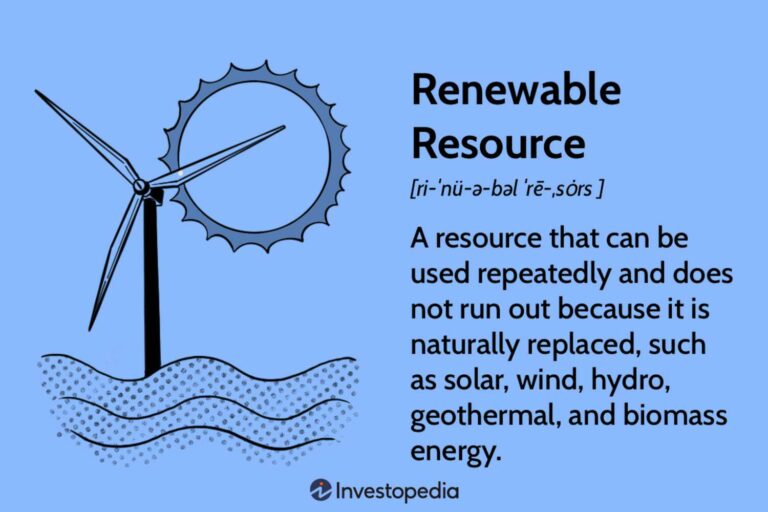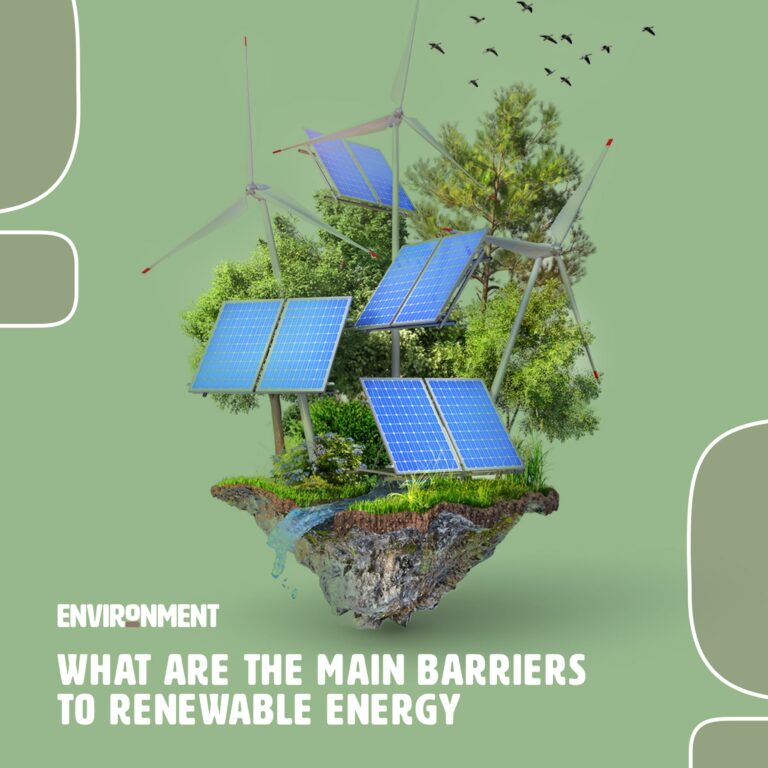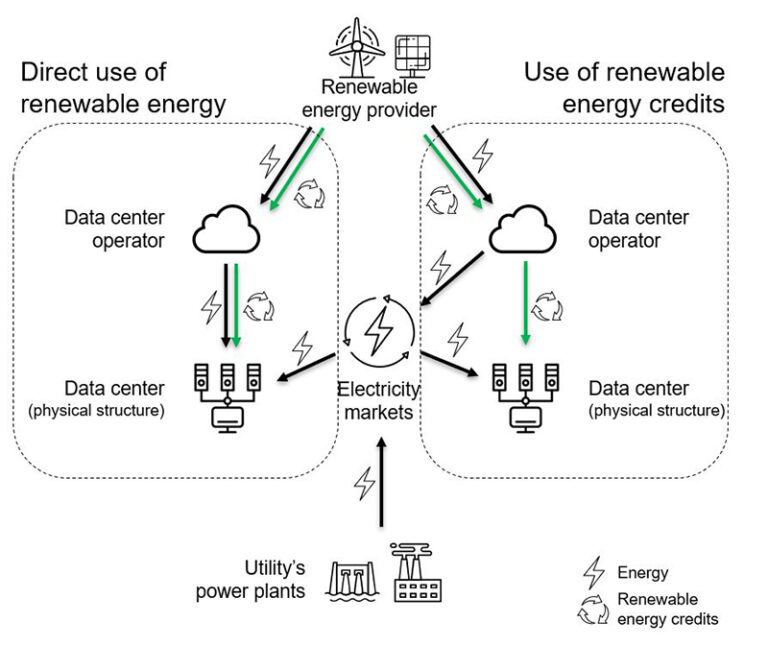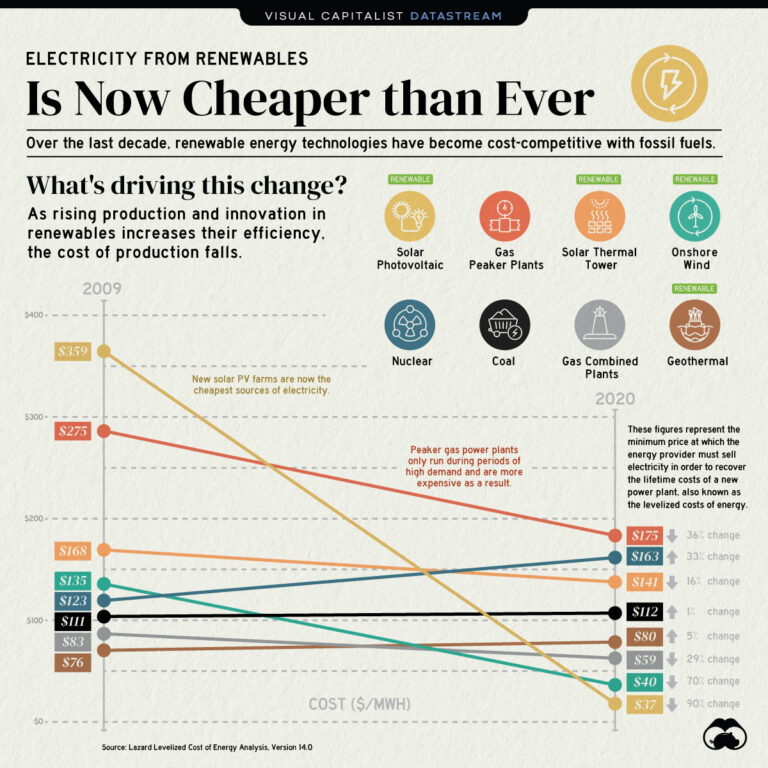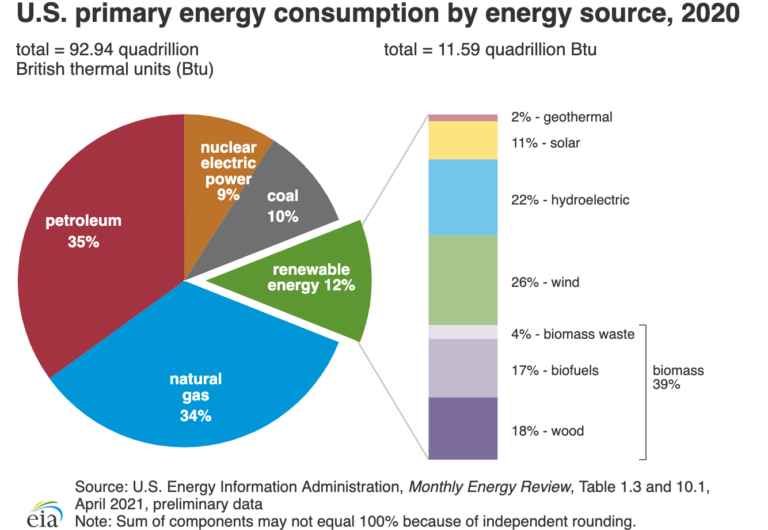Is Geothermal Energy Renewable?
With the growing concern for the environment, many people are questioning the sustainability of various energy sources. So, is geothermal energy renewable? Let’s dive in and explore this fascinating topic!
Geothermal energy is a type of energy that comes from the heat within the Earth’s core. It’s like tapping into the natural warmth of our planet. But what makes it renewable? Well, unlike fossil fuels that take millions of years to form, geothermal energy constantly replenishes itself.
Imagine having access to a never-ending source of heat energy for electricity and heating needs. Geothermal energy offers just that! But how does it work, and what makes it a sustainable choice? Let’s find out in this article!
So, if you’re curious about the wonders of geothermal energy and its renewability factor, keep reading to discover the incredible benefits and potential this energy source holds for a greener future!
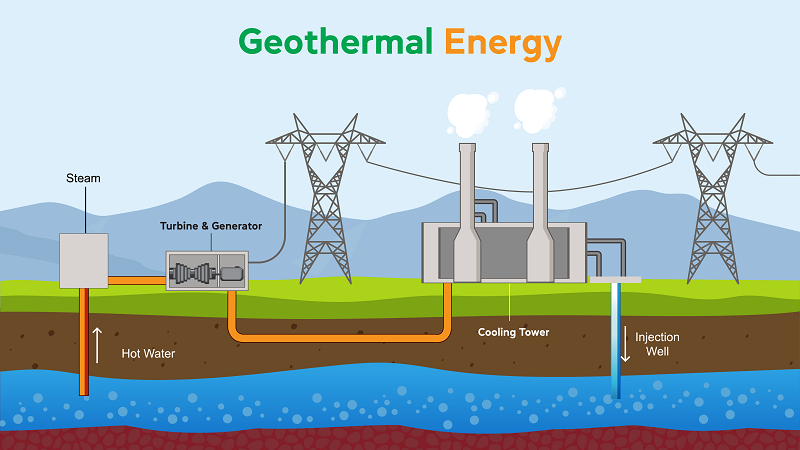
Is Geothermal Energy Renewable? Exploring the Benefits, Sustainability, and Future Potential
Geothermal energy, a fascinating form of renewable energy, has been gaining attention for its potential to provide clean and sustainable power. But what exactly is geothermal energy, and is it truly renewable? In this article, we will delve into the world of geothermal energy, exploring its benefits, environmental impact, and long-term sustainability. Join us on this journey as we uncover the answers to the question: Is geothermal energy renewable?
The Basics of Geothermal Energy
Geothermal energy is derived from the heat stored within the Earth. It harnesses the natural warmth of the planet’s core, which is a result of radioactive decay and residual heat from the planet’s formation. This heat can be accessed through geothermal power plants or geothermal heat pumps.
Geothermal power plants utilize steam or hot water from deep underground to drive turbines and generate electricity. In contrast, geothermal heat pumps harness the stable temperature of the ground to heat or cool buildings. Both these applications of geothermal energy draw on the Earth’s internal heat, making it an attractive option for sustainable energy production.
The Renewable Nature of Geothermal Energy
Geothermal energy is considered renewable because it taps into the Earth’s natural heat, which is constantly replenished by natural processes. Unlike fossil fuels, which are finite resources and can be depleted over time, the heat beneath the Earth’s surface is an inexhaustible source of energy.
This renewable nature of geothermal energy makes it a valuable alternative to traditional energy sources. It offers a continuous supply of clean power without the need for combustion or the release of greenhouse gases. Additionally, geothermal energy has a smaller environmental footprint compared to fossil fuels, as it doesn’t produce significant amounts of sulfur dioxide, nitrogen oxides, or other air pollutants.
The Benefits of Geothermal Energy
Geothermal energy offers numerous benefits that make it an attractive option for sustainable power generation. Firstly, it is a reliable source of energy, as the Earth’s heat is available 24/7, regardless of weather conditions or time of day. This reliability makes geothermal energy a stable and consistent power source, making it a valuable asset for grid stability.
Another advantage of geothermal energy is its long lifespan. Geothermal power plants can operate for decades, ensuring a continuous and reliable source of electricity. Additionally, geothermal heat pumps have a lifespan of around 25 years, providing long-term heating and cooling solutions for buildings.
Moreover, geothermal energy has a minimal impact on the environment. It produces almost no greenhouse gas emissions during the power generation process, reducing the overall carbon footprint. Geothermal power plants also require a smaller land area compared to other renewable energy sources like solar or wind, making it a space-efficient option.
Geothermal Energy vs. Other Renewable Sources
While geothermal energy offers many advantages, it is essential to compare it to other renewable sources to understand its place in the energy landscape. Geothermal energy has a distinct advantage over solar and wind energy because it doesn’t rely on weather conditions for power generation. It provides a consistent and uninterrupted source of electricity, making it suitable for baseload power or continuous operations.
Unlike hydroelectric power, which relies on large water bodies and dams, geothermal energy can be harnessed anywhere with access to the Earth’s heat. This flexibility makes it a viable option for areas without significant water resources or geographical constraints.
However, geothermal energy does have limitations. It requires specific geological conditions and is only economically viable in certain regions where the Earth’s heat is close to the surface. This restricts its widespread adoption and makes it less accessible compared to solar or wind energy, which can be harnessed in various locations.
Future Potential and Innovations in Geothermal Energy
As technology advances and more research is conducted, geothermal energy has the potential to play a more significant role in the global energy transition. Innovations such as enhanced geothermal systems (EGS) aim to tap into deeper reservoirs of hot rock, expanding the geographical reach of geothermal energy.
Scientists are also exploring the use of geothermal energy for direct thermal applications such as district heating and industrial processes. This diversification of applications can help maximize the use of geothermal energy and drive its wider adoption.
Moreover, ongoing research and development investments are focused on improving drilling techniques, energy conversion efficiency, and reducing the overall costs associated with geothermal energy. These advancements can make geothermal energy more economically viable and increase its competitiveness in the energy market.
Conclusion
Geothermal energy is indeed renewable, drawing on the Earth’s natural heat to generate clean, sustainable power. Its reliability, long lifespan, and minimal environmental impact make it a promising option for the future of energy production. Although it has certain limitations and geographic constraints, ongoing advancements and innovations hold the potential for further unlocking the vast reserves of geothermal energy. As the world moves towards a more sustainable future, geothermal energy will undoubtedly play a significant role in the global energy transition.
Key Takeaways
- Geothermal energy is a renewable energy source.
- It is generated by harnessing the heat from the Earth’s core.
- Geothermal energy does not produce greenhouse gas emissions.
- It is a reliable and consistent source of power.
- Geothermal energy can be used for heating, electricity generation, and other industrial processes.
Frequently Asked Questions
Welcome to our FAQ section where we answer some common questions about geothermal energy and its renewability. Learn more about this sustainable energy source below:
How is geothermal energy generated?
Geothermal energy is generated by harnessing the natural heat stored within the Earth. This heat comes from the Earth’s core, which is believed to be as hot as the Sun’s surface. In areas where the Earth’s crust is thin enough, water and steam can be extracted through wells drilled into the ground. The steam or hot water is then used to power turbines, which generate electricity.
Alternatively, geothermal energy can be used directly for heating and cooling purposes. In this case, pipes are installed underground to circulate a fluid that absorbs the Earth’s heat, which is then used to warm or cool buildings.
Is geothermal energy renewable?
Yes, geothermal energy is a renewable energy source. It is considered renewable because the heat within the Earth’s core, which drives the generation of geothermal energy, is virtually limitless. The Earth constantly produces heat through processes like radioactive decay, making geothermal energy a sustainable and reliable source of power.
Unlike fossil fuels, which are finite and depletable, geothermal energy can be continuously harnessed without depleting the Earth’s heat. As long as the Earth’s core remains hot, geothermal energy will continue to exist and be available for use.
What are the environmental benefits of geothermal energy?
Geothermal energy offers several environmental benefits. Firstly, it produces almost no greenhouse gas emissions during operation, making it an incredibly clean energy source compared to traditional fossil fuels like coal or oil. This helps to mitigate climate change and reduce air pollution.
Additionally, geothermal power plants have a small physical footprint and can be built underground or on the surface, causing minimal disturbance to the surrounding environment. Geothermal energy also has a low water consumption rate compared to some other forms of energy production, reducing stress on freshwater resources.
Can geothermal energy be used everywhere?
Geothermal energy can be utilized in certain areas that have suitable geographic conditions. It is more prevalent in regions with active volcanoes, geothermal hotspots, or areas with shallow access to the Earth’s heat. However, it’s important to note that not all regions have the necessary geothermal resources to generate electricity or provide heating and cooling.
That said, advancements in geothermal technology have made it possible to extract heat from deeper underground in areas that may not have traditionally been considered geothermally active. Ongoing research and development are expanding the potential for geothermal energy use in more locations around the world.
What are the limitations of geothermal energy?
While geothermal energy has numerous benefits, it does have some limitations. One limitation is the high upfront costs associated with drilling wells and building geothermal power plants. Initial investments can be substantial, making it economically challenging to develop geothermal projects in some areas.
In addition, the availability of geothermal resources is limited to certain regions, as previously mentioned. This means that not all countries or areas have access to sufficient geothermal energy to meet their electricity or heating needs. However, with advancements in technology, ongoing exploration, and the discovery of new geothermal reservoirs, these limitations have the potential to be overcome in the future.
Summary
Geothermal energy is a renewable source of power that comes from the Earth’s natural heat. It’s like tapping into a giant furnace underground! Unlike fossil fuels, which can run out, geothermal energy is always being produced by the Earth’s core. It’s a clean and sustainable way to generate electricity and heat buildings.
Harnessing geothermal energy does have some challenges, though. It can only be done in certain parts of the world where hot rocks or steam are close to the surface. We also need to be careful not to extract too much heat from the ground, or it could cool down over time. But overall, geothermal energy is a fantastic renewable resource that has the potential to power our planet for a long time to come.

